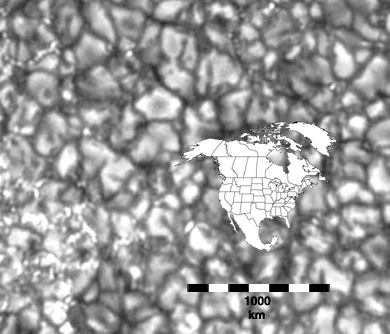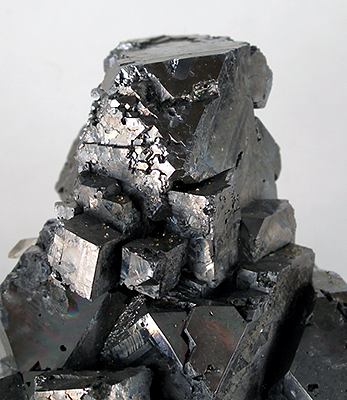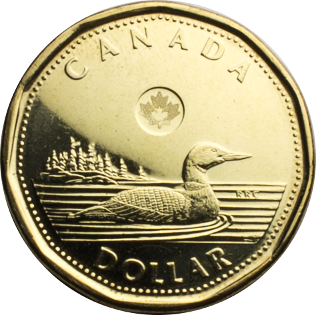We just learned about the country of Ghana.
Mozambique is a country in Africa on the Southeast part of the continent, right on the Indian Ocean.

(from: wikipedia - mozambique)
The flag of Mozambique has stripes of green, white, black, white, yellow.
The green stands for the riches of the land, the white is peace, the black is the African continent and the yellow is the country's minerals.
There is a red triangle that stands for the country's fight for freedom, a gun that stands for defense, a book that stands for learning, a garden hoe that stands for farming, and a star that stands for their government.

(from: wikipedia - flag of mozambique)
There are many fruit farms in Mozambique, so a big part of every meal is fresh fruit like mangoes.

(from: wikipedia - mango)
Since Mozambique is on the ocean, it has some beautiful beaches like Ponta Do Ouro which means Point of Gold.

(from: wikipedia - ponta do ouro)
Some of the people in Mozambique have dances they do to scare away evil spirits, and they paint their faces like a scary mask.

(from: wikipedia - mozambique)
Kid Facts - Blast from the past: Italy






